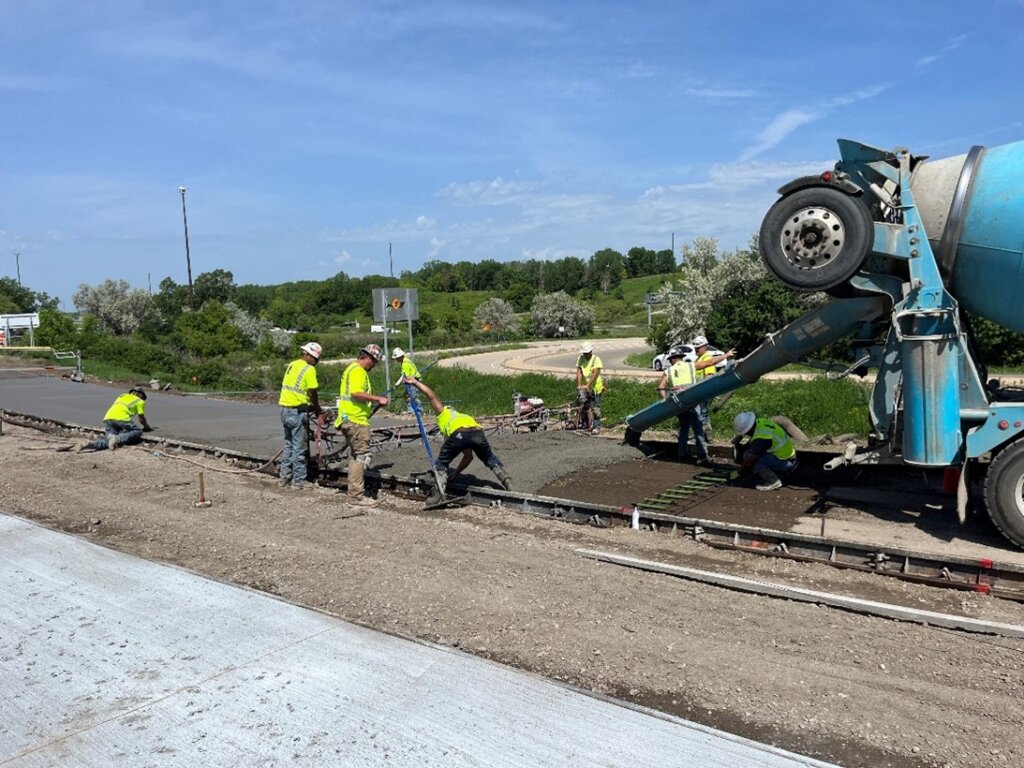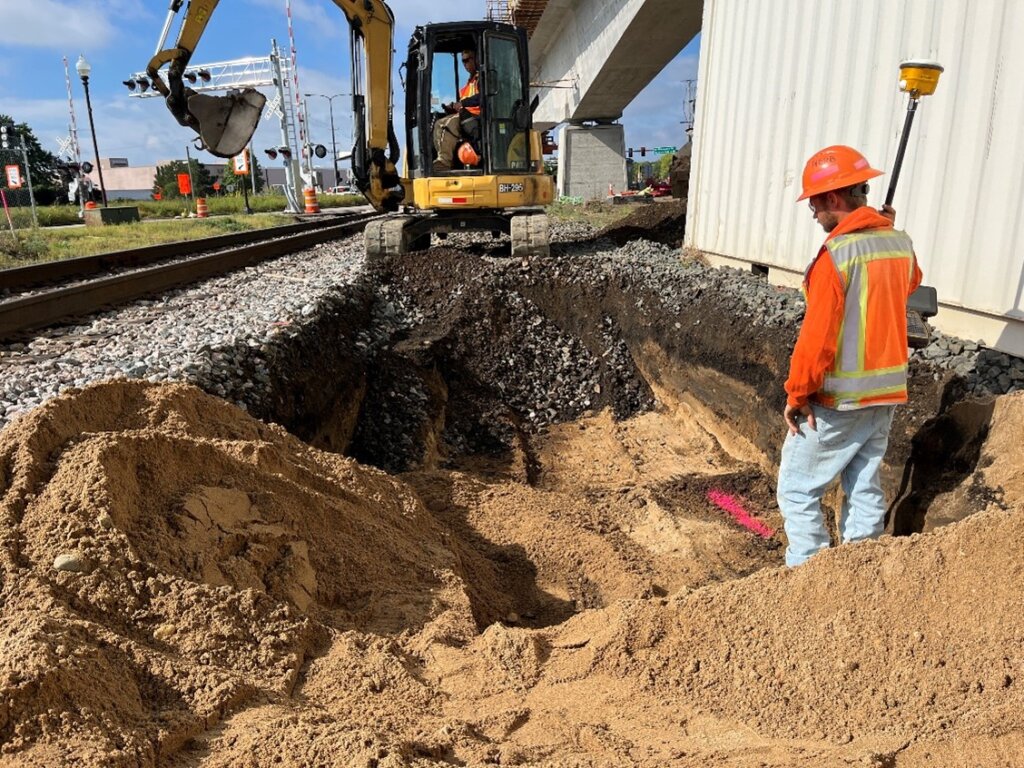News
Job Site Safety

Ensuring Safety in Civil Engineering Projects
Safety is a paramount point of emphasis for all engineering projects due to the inherent risks associated with the construction activities. From planning to execution, every phase of a project demands rigorous safety protocols to protect workers, the public, and the environment. The integration of safety measures begins with comprehensive risk assessments, which identify potential hazards and help in developing strategies to mitigate them. Proper training for all personnel involved, adherence to safety regulations, and the use of personal protective equipment (PPE) are essential components of a robust safety management system. Additionally, implementing real-time monitoring and feedback systems allows for the continuous evaluation of safety practices, ensuring that any emerging risks are promptly addressed.

Innovations and Technology in Project Safety
Recent advancements in technology have revolutionized safety practices on construction projects. The adoption of Building Information Modeling (BIM) allows for detailed visualization and planning, enabling engineers to identify potential safety issues before construction begins. Drones and remote sensing technologies provide real-time data and aerial perspectives, which are invaluable for monitoring hazardous sites and conducting inspections without exposing workers to risks. Wearable technology, such as smart helmets and vests equipped with sensors, monitors vital signs and environmental conditions, alerting workers and managers to potential dangers like heat stress or harmful gases. Furthermore, implementing advanced project management software facilitates efficient communication and documentation of safety protocols, ensuring compliance with safety standards.
